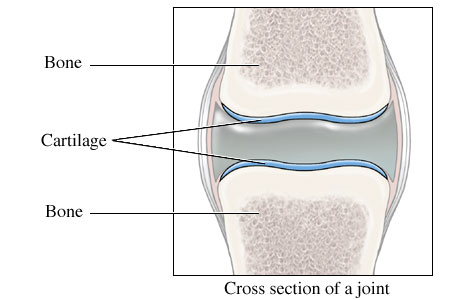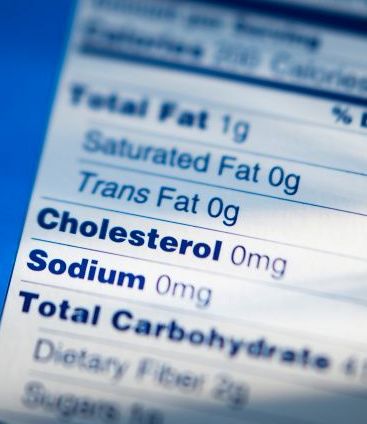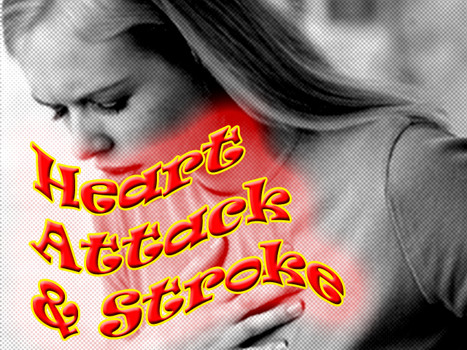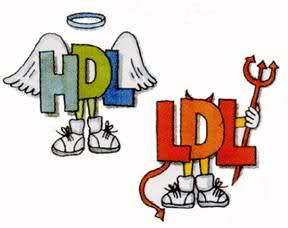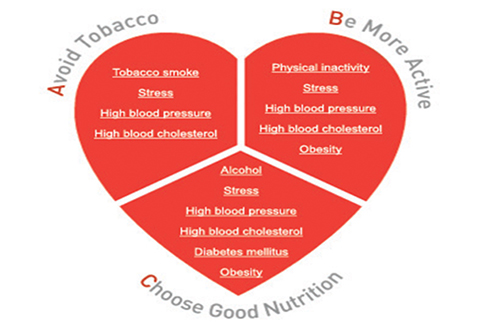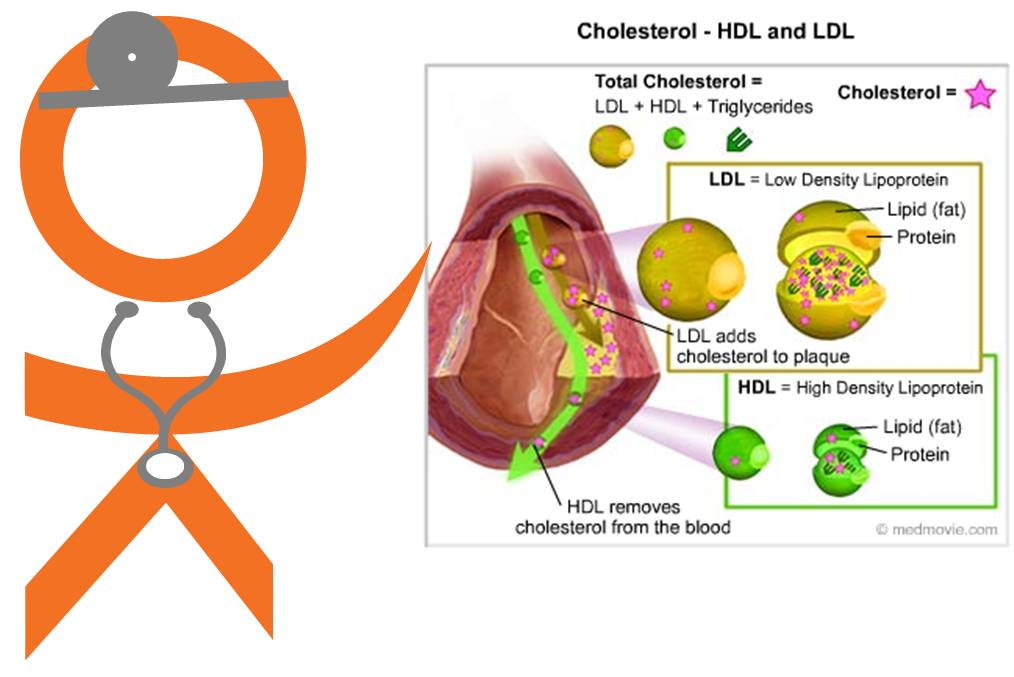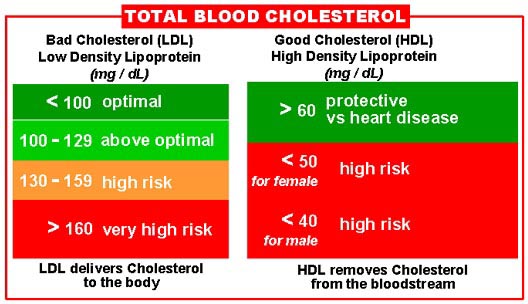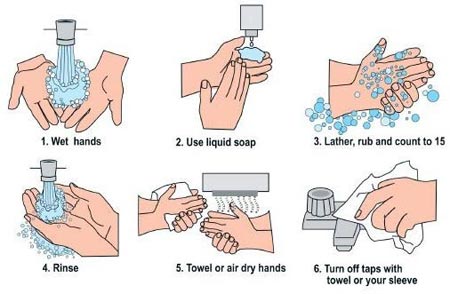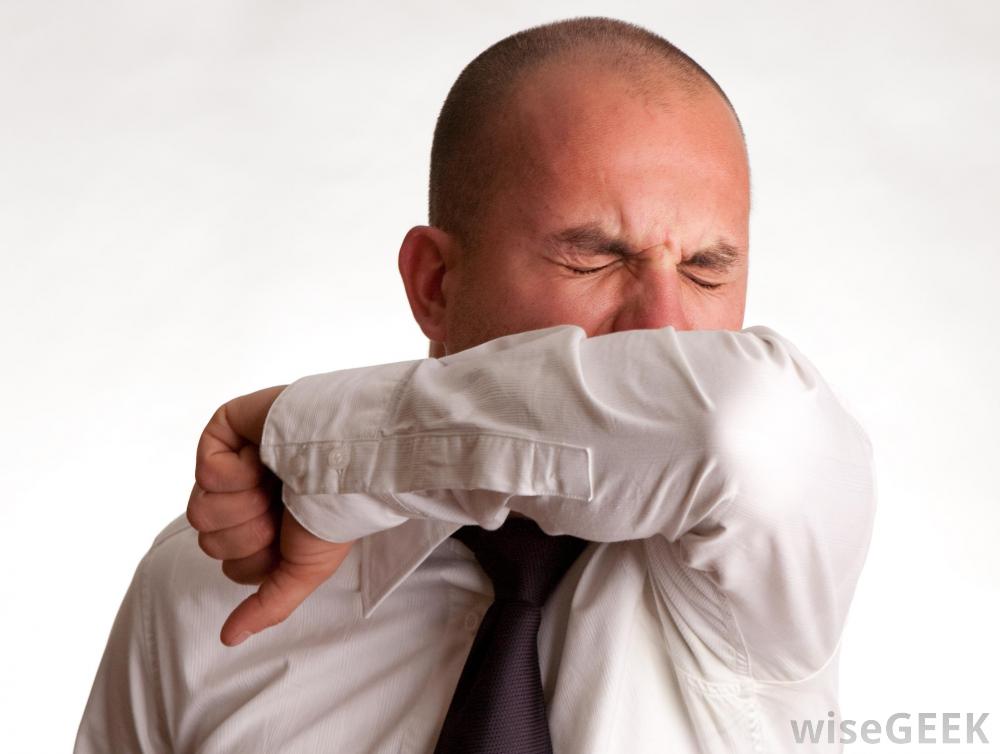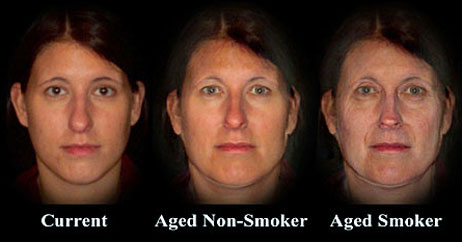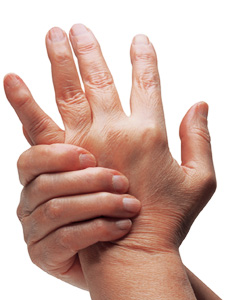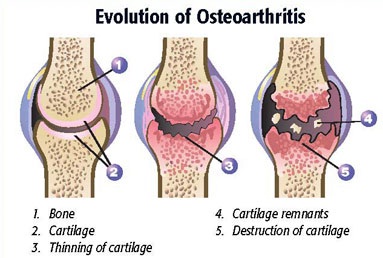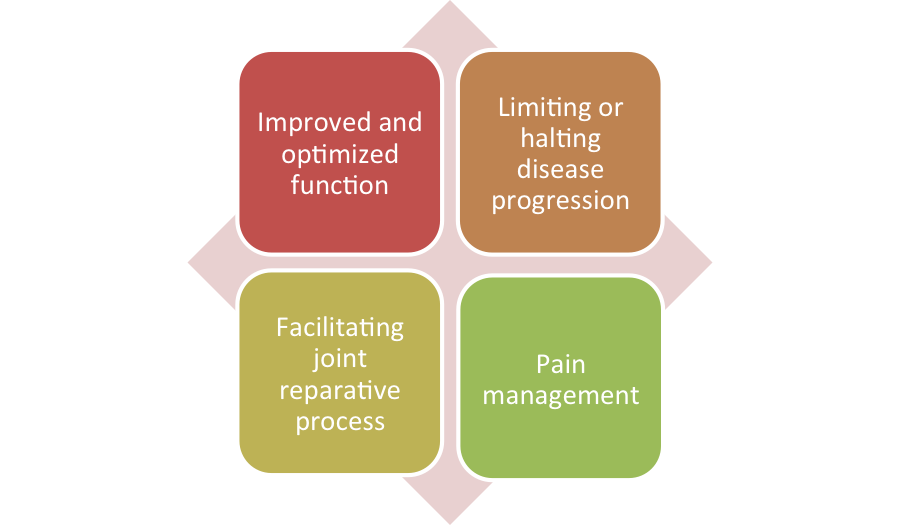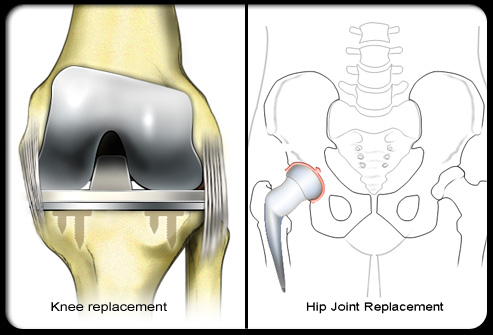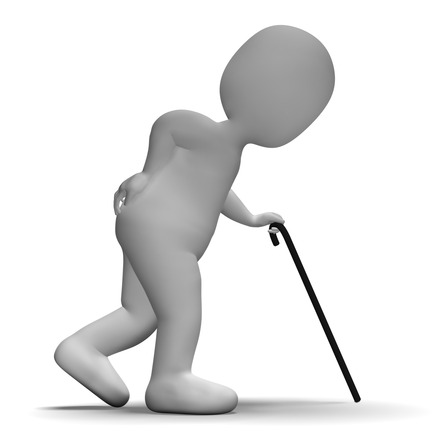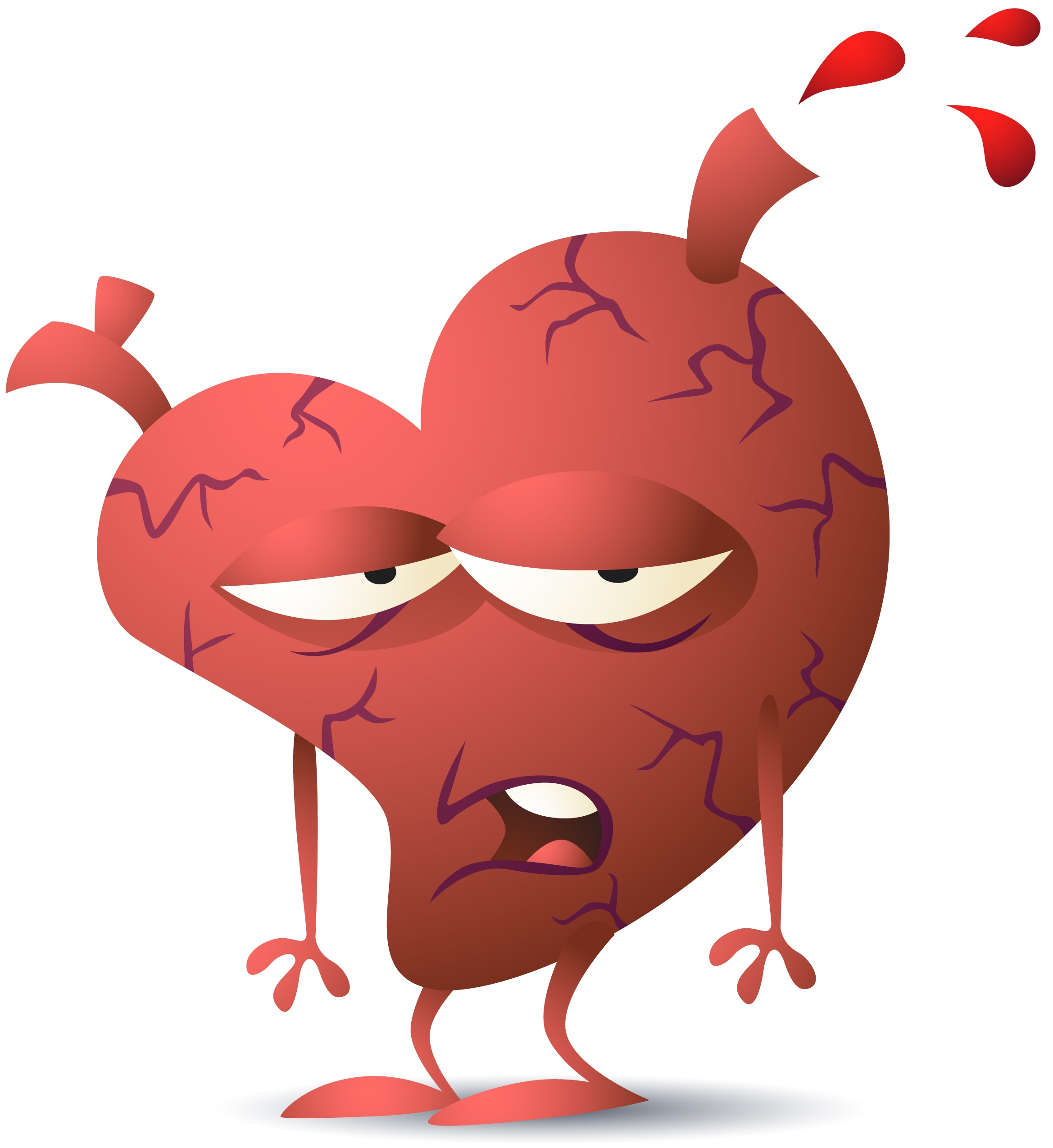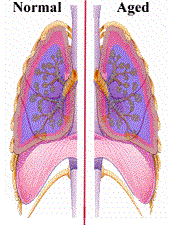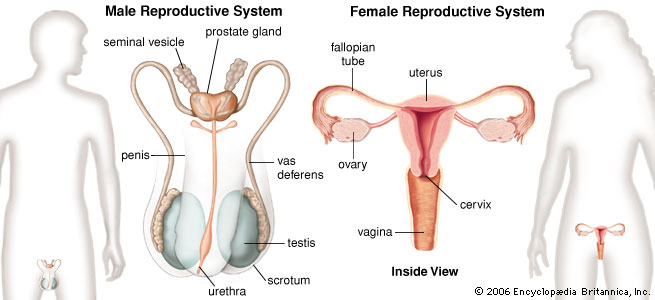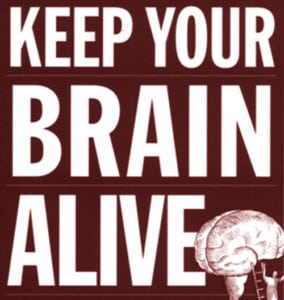
Last but not least, in the last part of this series, let’s talk about your brain. But first a summary comment. Life after 40 poses both opportunity and obstacles. 35 to 40 is either the age when your lifestyle begins to catch up with you, or the work you’ve put in begins to pay off. For those who’ve lived life smartly and healthily, 40 really is the new 30. For those who’ve lived life less diligently, 40 may as well be 60, and your health probably reflects that. It’s really not that difficult. Diet, exercise, don’t smoke and alcohol in moderation keeps a body strong. Now to your brain…
Changes: As you age, cholesterol based blockages (plaque formation) inside the arteries and hardening of the arteries in the blood vessels that supply the brain is called cerebrovascular disease, and it causes strokes. These changes begin in earnest at about age 35. Prior to the complete blockage of the blood vessels, the brain is deprived of adequate blood flow (and oxygen) resulting in less than optimal brain functioning, such as confusion, disorientation, memory loss and ‘mini-strokes’ (TIAs). Strokes may result in paralysis, speech disorder, and sensory deprivation in varying degrees.

Challenges: Unlike many of the other systems I’ve discussed, the effects of these changes on our brain health status can be drastic, ranging from slight discomfort to death, and they involve major physical as well as social components. The social implications of these effects can be just as severe as the physical, as those suffering become less functional both mentally and physically. Unfortunately, in varying degrees stroke survivors become or perceive themselves to be a burden to others. Social interactions are doubly inhibited: internally, the patient is less able to interact; and externally, family, friends, and others may be less interested in interacting with them. This is sad, but true (think about the lives of the stroke survivors you may know…).
Solutions: The alternatives are twofold: after the fact, education is essential by a loved one’s support group and community, otherwise a stroke becomes a different type of life sentence. Physical and occupational therapy save lives and the quality of lives. Continuing to value and show value to your loved ones can make all the difference in the world. Before the fact, again, it’s preventive measures such as diet and exercise that have been shown to decrease or even prevent strokes. I cannot overemphasize how vital diet, exercise and the avoidance of toxins are to your long-term health.
Feel free to ask your SMA expert consultant any questions you may have on this topic.
Take the #72HoursChallenge, and join the community. As a thank you for being a valued subscriber, we’d like to offer you a complimentary 30-day membership at www.72hourslife.com. Just use the code #NoChaser, and yes, it’s ok if you share!
Order your copy of Dr. Sterling’s new books There are 72 Hours in a Day: Using Efficiency to Better Enjoy Every Part of Your Life and The 72 Hours in a Day Workbook: The Journey to The 72 Hours Life in 72 Days at Amazon or at www.72hourslife.com. Receive introductory pricing with orders!
Thanks for liking and following SNC! This public service provides a sample of what http://www.SterlingMedicalAdvice.com (SMA) and 844-SMA-TALK offers. Please share our page with your friends on WordPress, like us on Facebook @ SterlingMedicalAdvice.com and follow us on Twitter at @asksterlingmd.
Copyright © 2018 · Sterling Initiatives, LLC · Powered by WordPress
The post The Other Side of 40 – The Cerebrovascular System (Your Brain) – Changes, Challenges, Solutions appeared first on Jeffrey Sterling, MD.

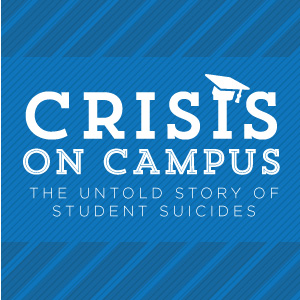




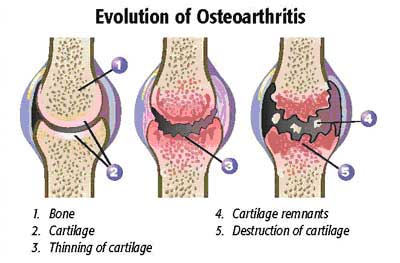 Arthritis is inflammation of one or more of your joints.
Arthritis is inflammation of one or more of your joints.